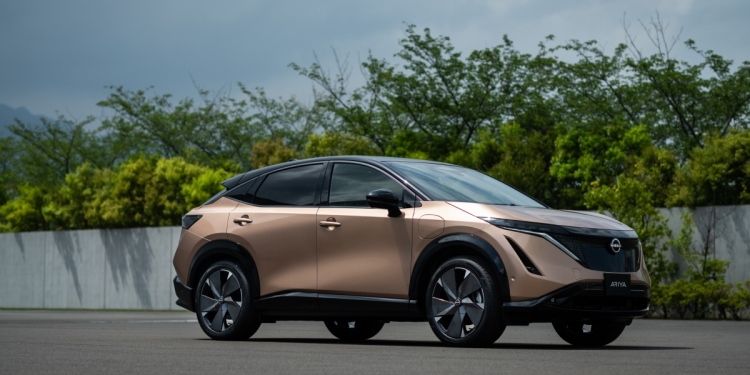Nissan is ready to make a splash in the Electric Vehicle (EV) market with its upcoming all-electric SUV the Ariya. The new EV is intended to spark life in Nissan’s electric ambition, as it builds upon its experience making the Nissan Leaf hatchback, one of the first mass-market EVs, back in 2010.
Things are going to be a lot different this time around with the Ariya as it is built on an all-new, dedicated electric vehicle platform. Aesthetically, the Ariya is a faithful recreation of the very same concept EV that Nissan showed back at the 2019 Tokyo Motor Show.
Aesthetically, the Ariya has a sporty sleek profile with a low sweeping roofline. It trades the sharp and angular lines seen on many of its other vehicles, giving it a softer appearance.
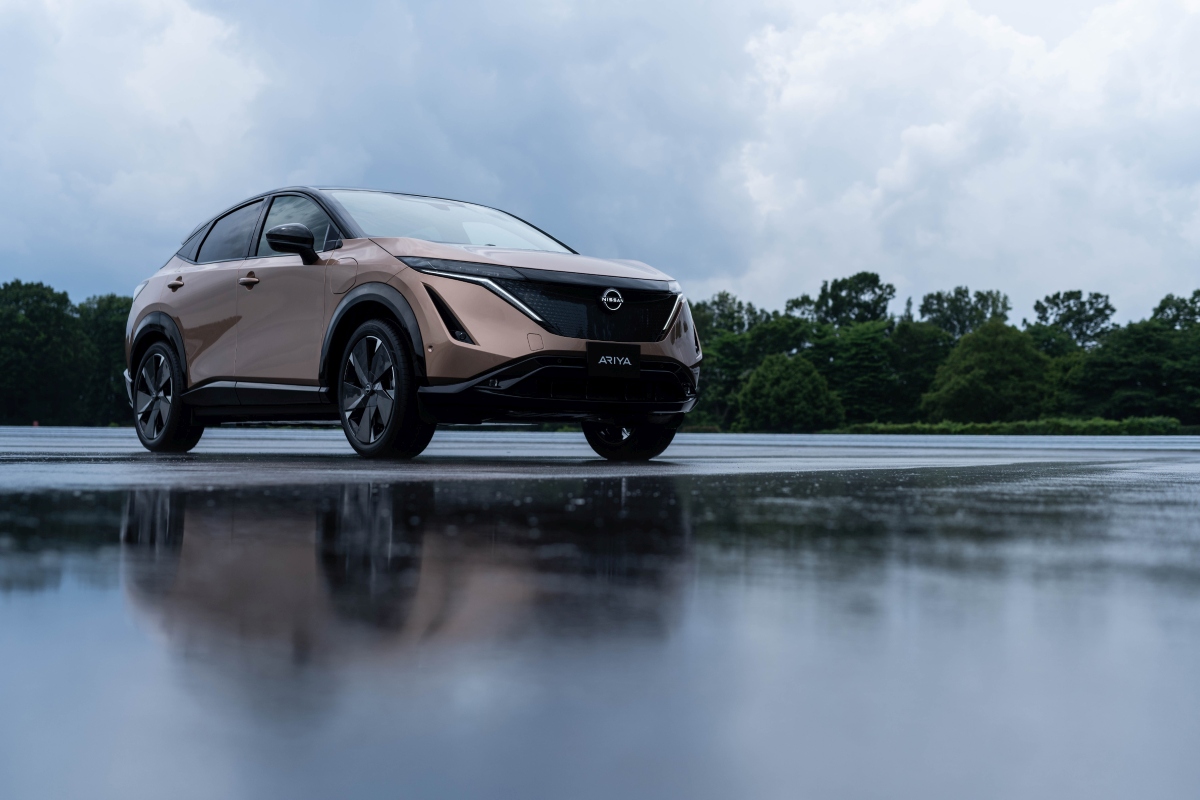

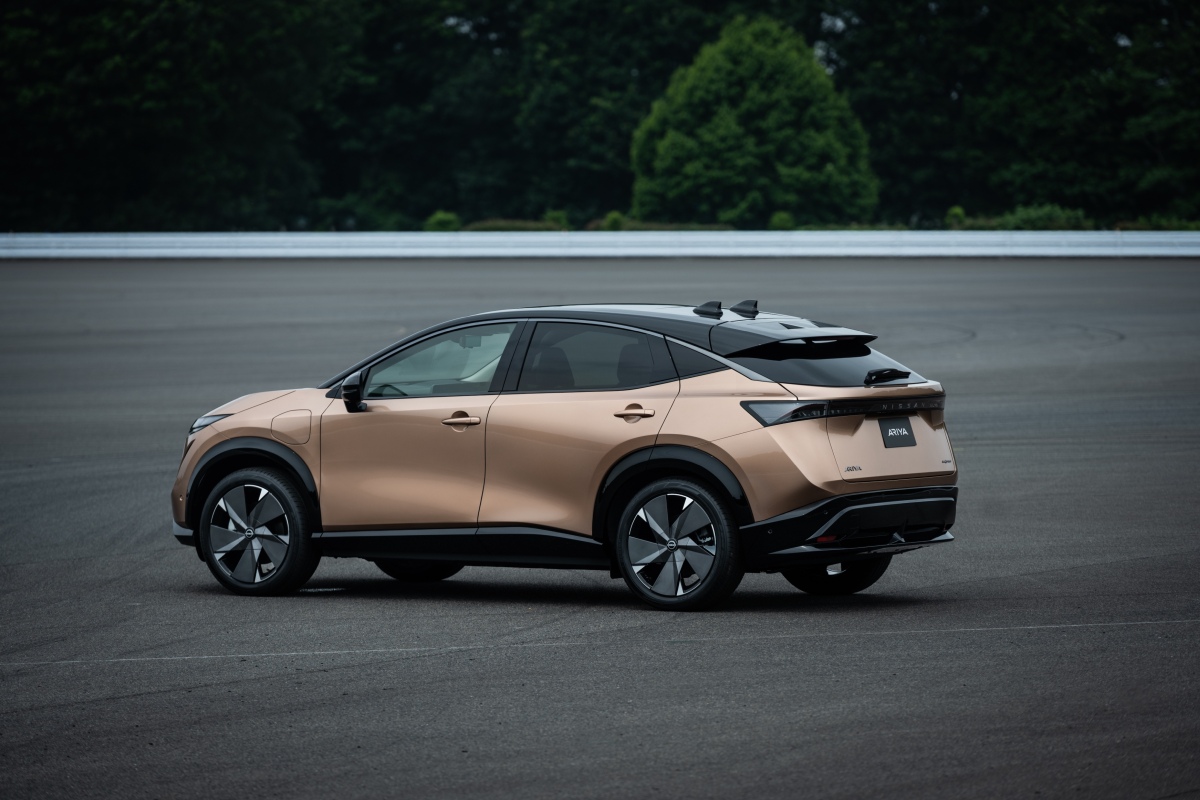
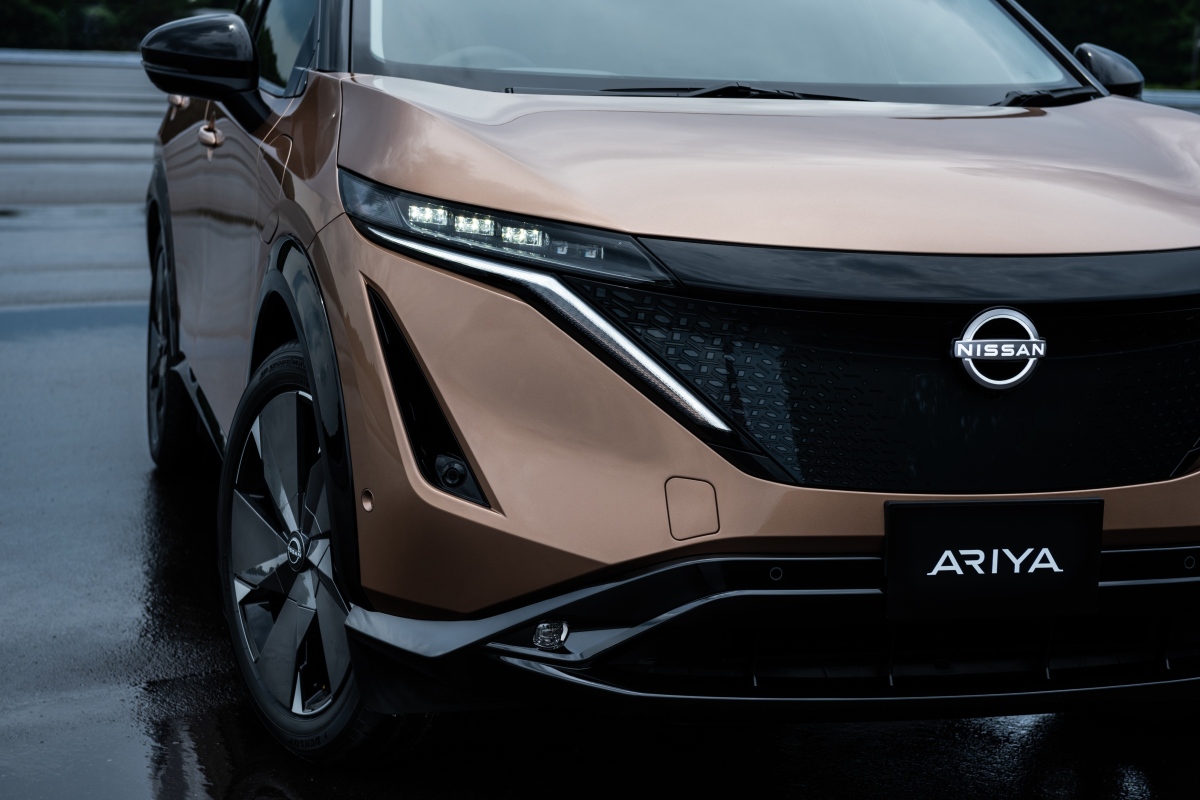
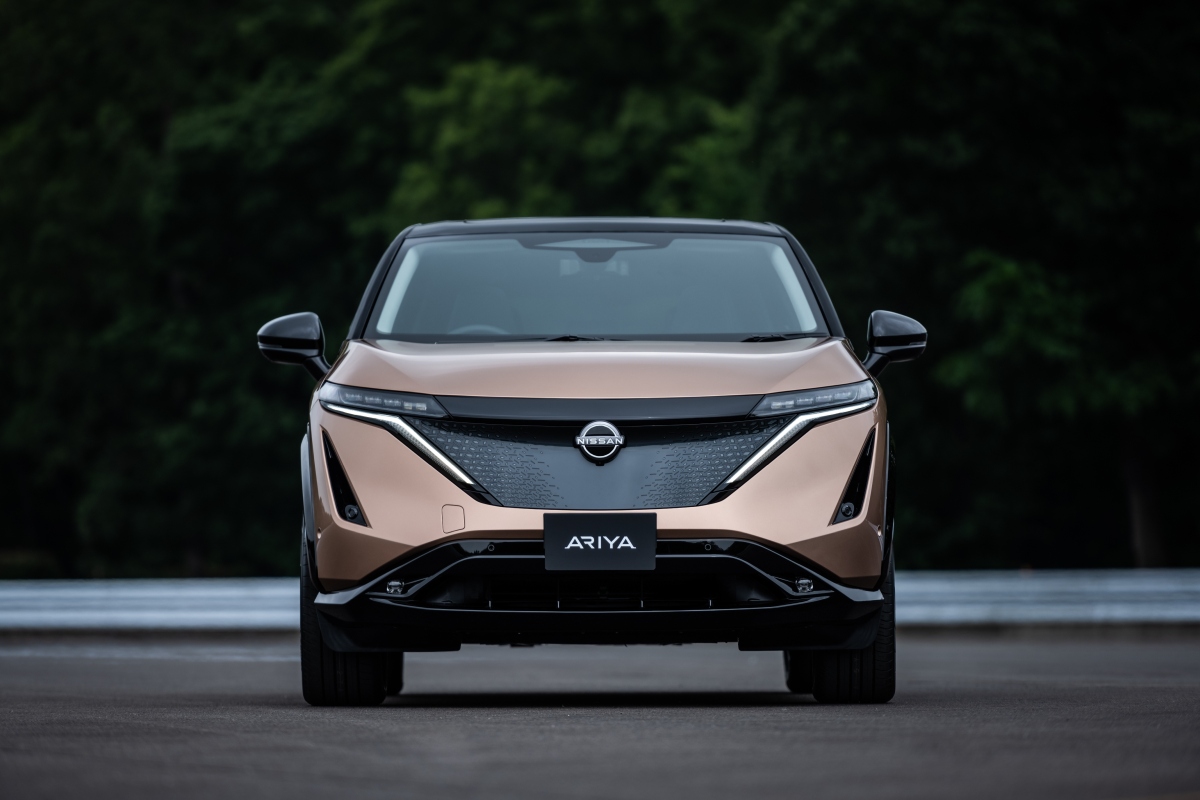
The front is dominated by a unique panel that Nissan calls the shield. Look closely and you will see that Nissan has done away with the air vents and replaced it with an artistic panel with a Japanese Kumiko pattern and wears Nissan’s updated logo in the centre. Besides being aesthetically pleasing, the shield cleverly hides the car’s safety and autonomous driving sensors.
The side profile has a clean surface with a single shoulder line that connects from the front to rear fascias and arching window trim. The rear has subtly flared fenders, a blacked-out full-width tail light that stays on when driving. You also get also a sporty tailgate spoiler.
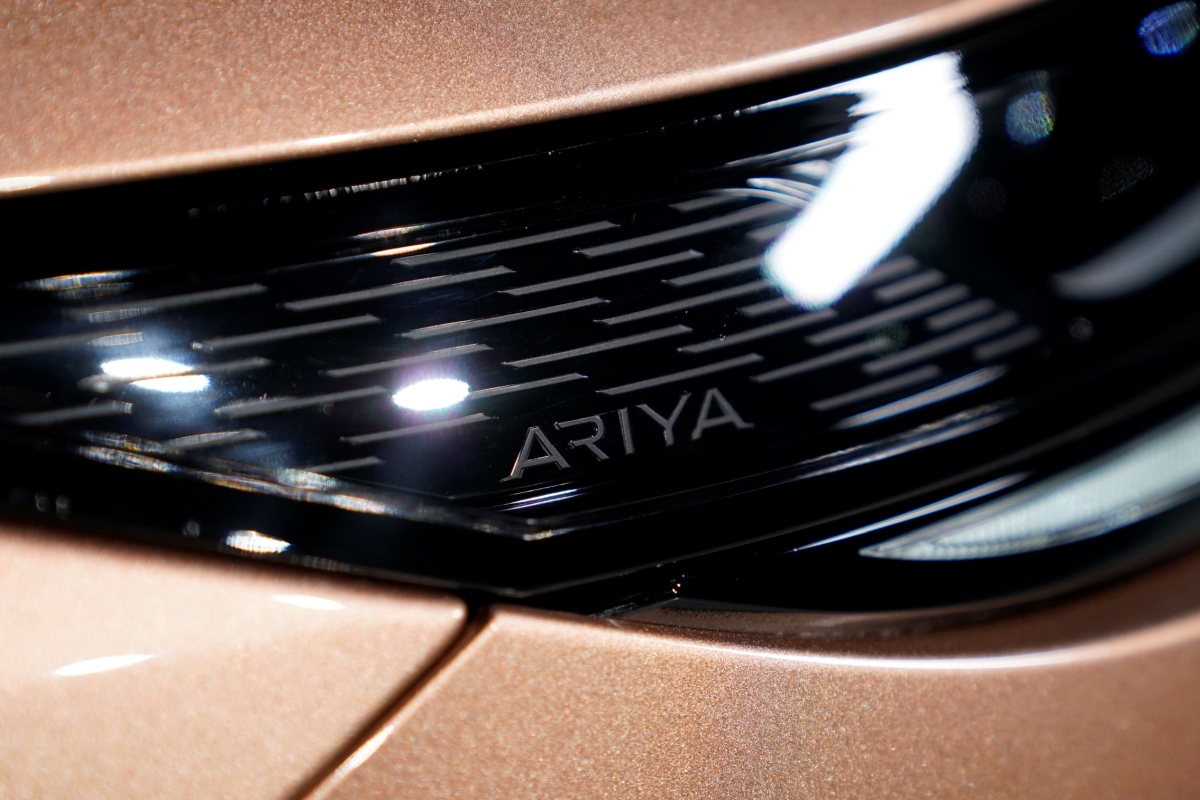
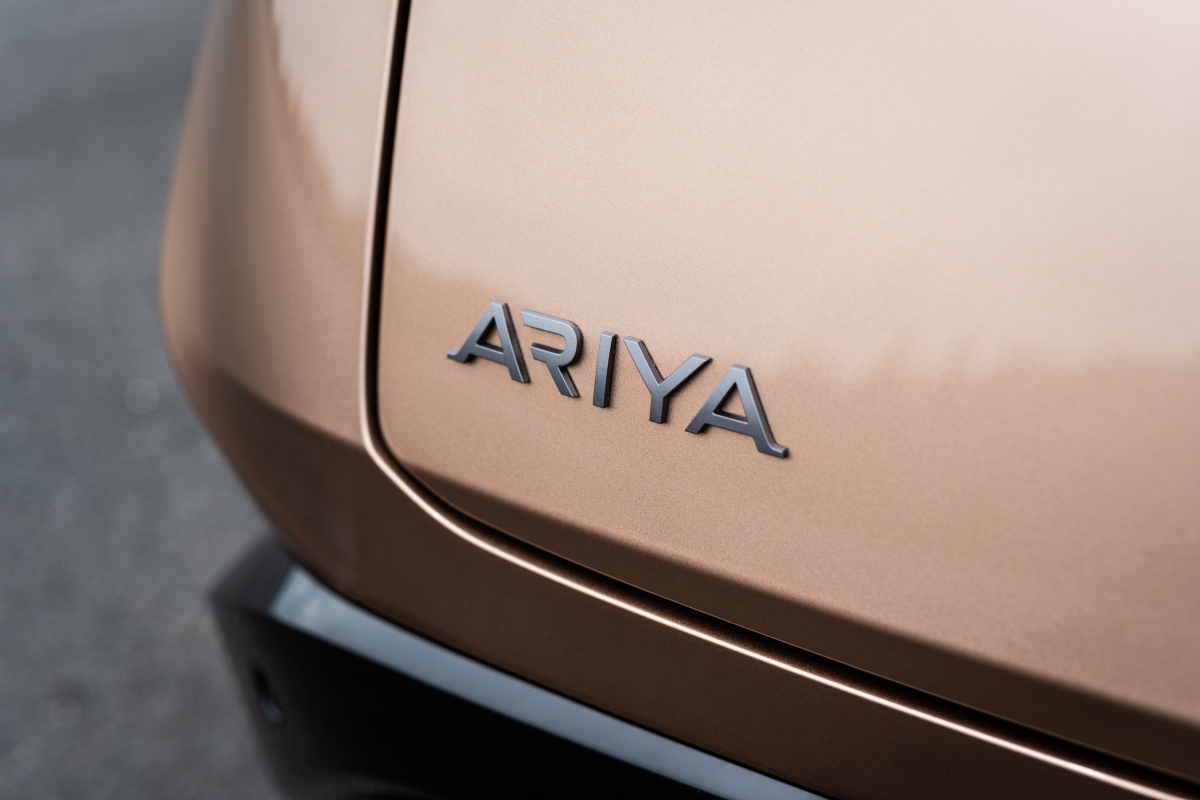
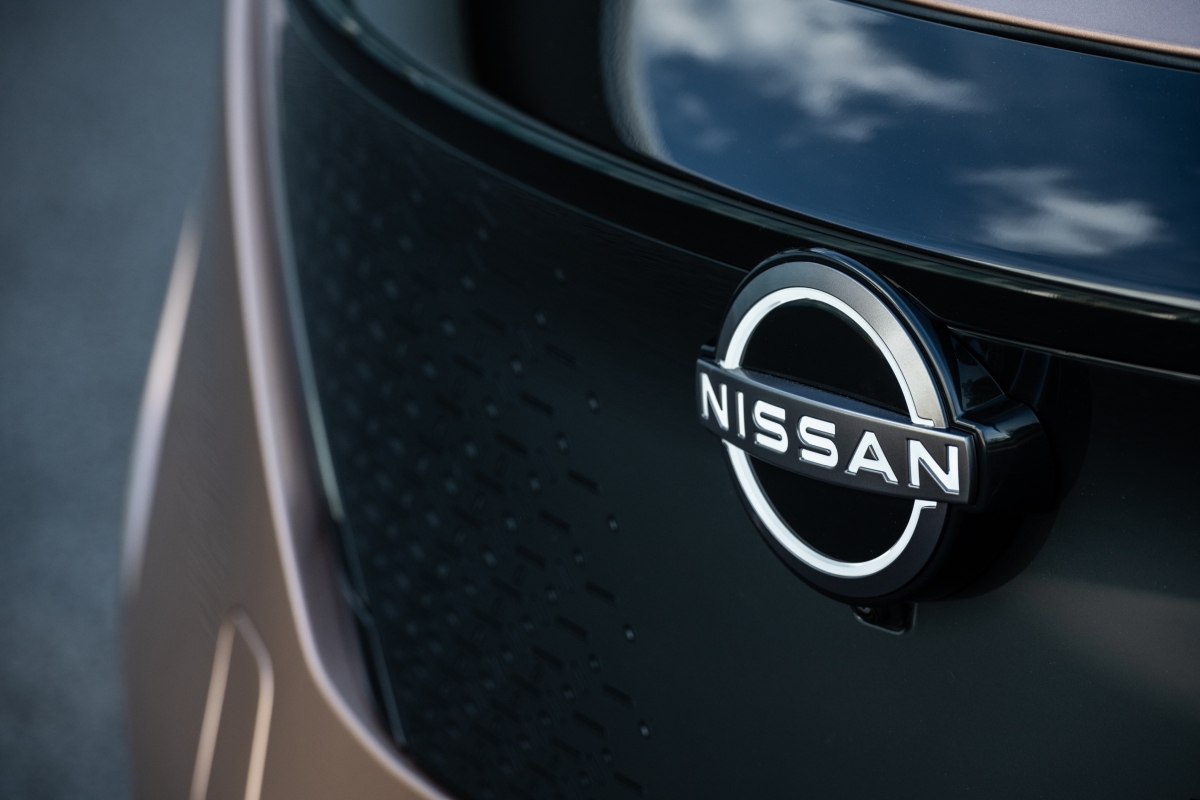
According to Nissan, it will offer the Ariya in multiple configurations that include a front-wheel-drive or its new e-4ORCE all-wheel-drive version. You also have a choice between a large 87kWh battery or a smaller 63kWh.
By the numbers, the Ariya is said to output up to 388 hp and 600 Nm of torque. Impressively, the top-specced variant is stated to go from 0-100km/h in just 5.1 seconds.
For the full specs refer to the table below.
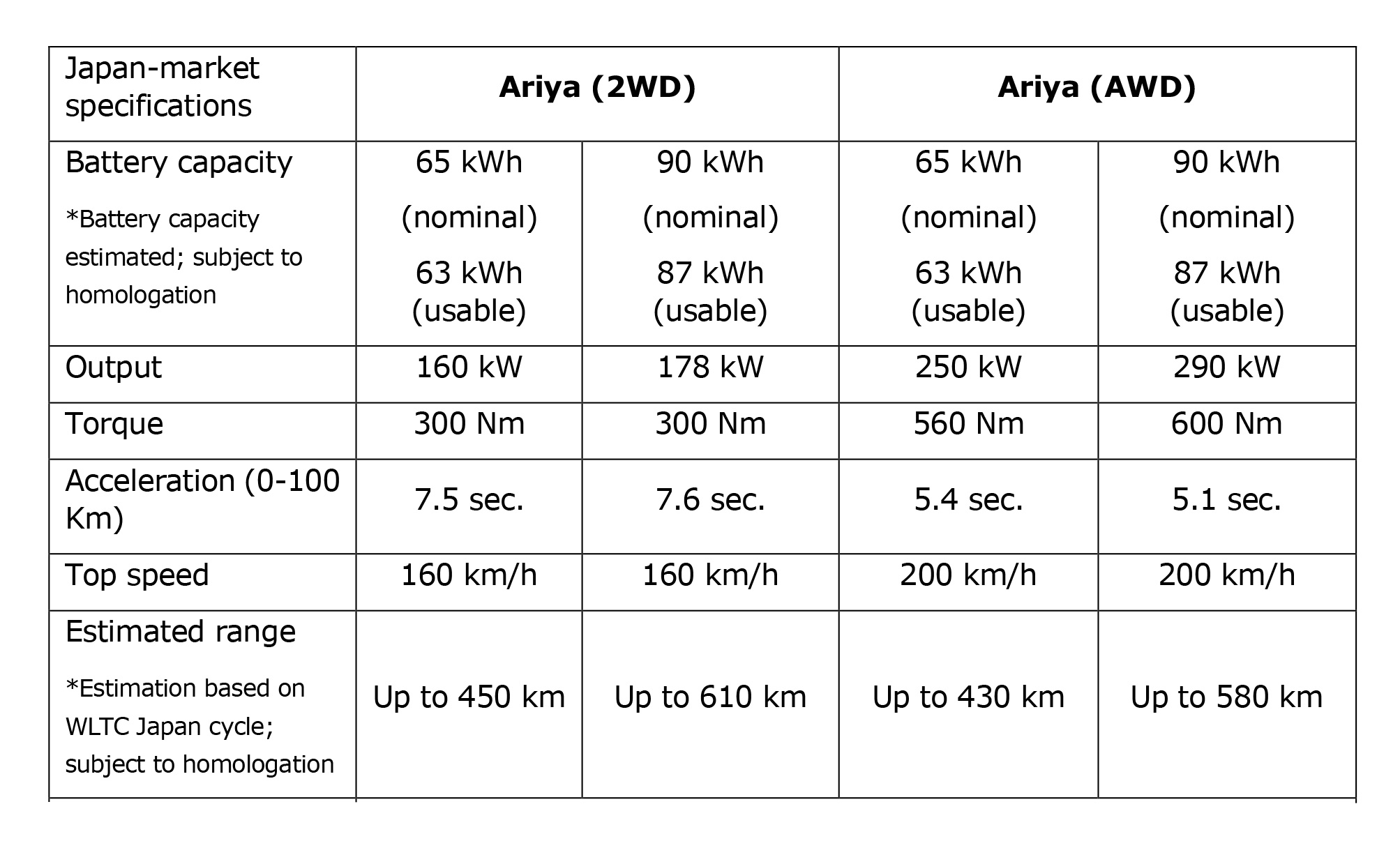
But just how far can the Ariya travel? According to Nissan, the all-electric SUV is able to travel up to 610km on a single charge. But it should be noted that this is just Nissan’s claim and it is not verified by an independent body such as the European Union’s Worldwide Harmonised Light Vehicle Test Procedure (WLTP) or the US’ Environmental Protection Agency (EPA).
If you are wondering how fast can the EV’s battery charge, Nissan did not specify the battery’s charge time. It only indicated that with a 130kW CHAdeMO fast charger in Japan, the Ariya can draw up to 375km of additional range in just 30 minutes.
Nissan has taken what it learned from its GT-R sports car’s torque-split system and applied it to the Ariya’s all-wheel-drive, offering precise controls for torque delivery to each axel while ensuring maximum traction on any surface.
Nissan said the Ariya will be offered with nine two-tone combinations, each sporting a black roof, and five striking full-body colour combinations. Nissan highlighted its newly-developed two-tone colour package, Akatsuki that features a copper tone that is inspired by the sunlight at daybreak.
Coming to the interior, the Ariya is touted to have a clean and uncluttered cabin thanks to the floor-mounted battery. Nisan claims this set up offers plenty of room for five passengers to stretch their legs.
You also get a minimalist dashboard that has opted to go with the capacitive controls that blend into the wood trim. The centre armrest console can be moved to suit the driver and has a pebble-like “gear selector”.
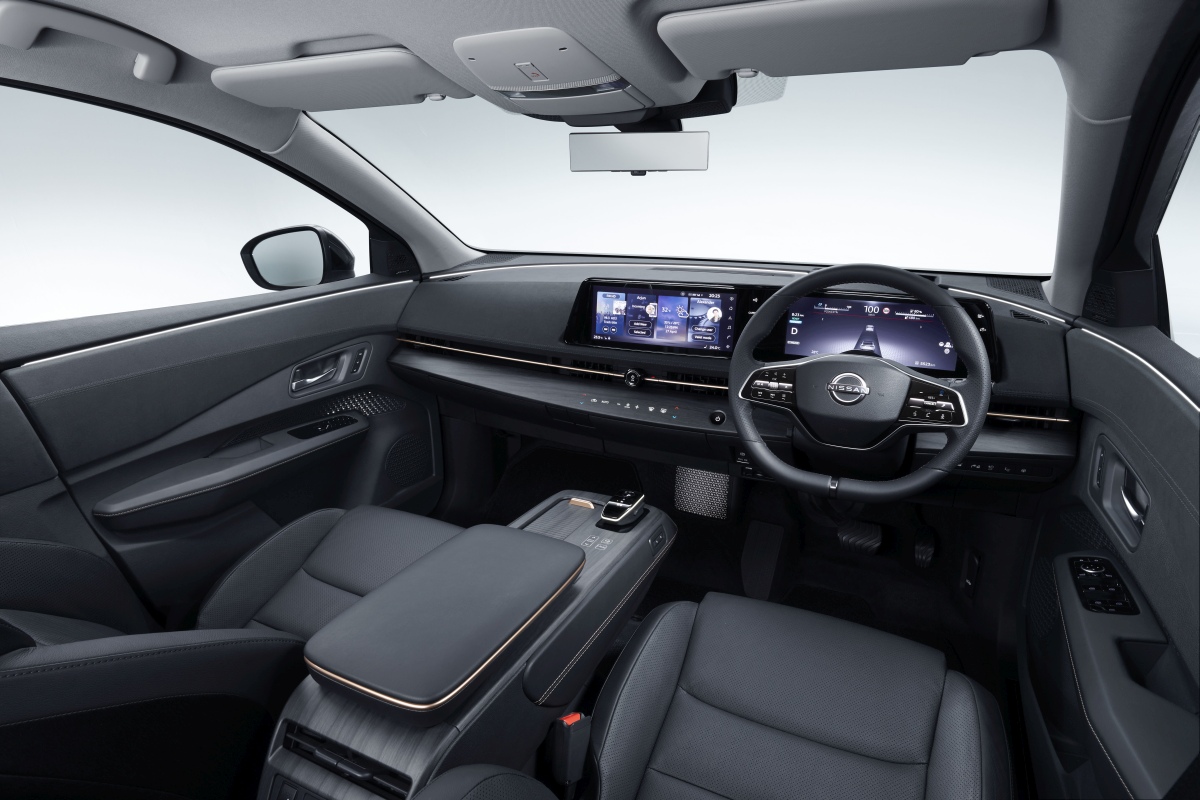
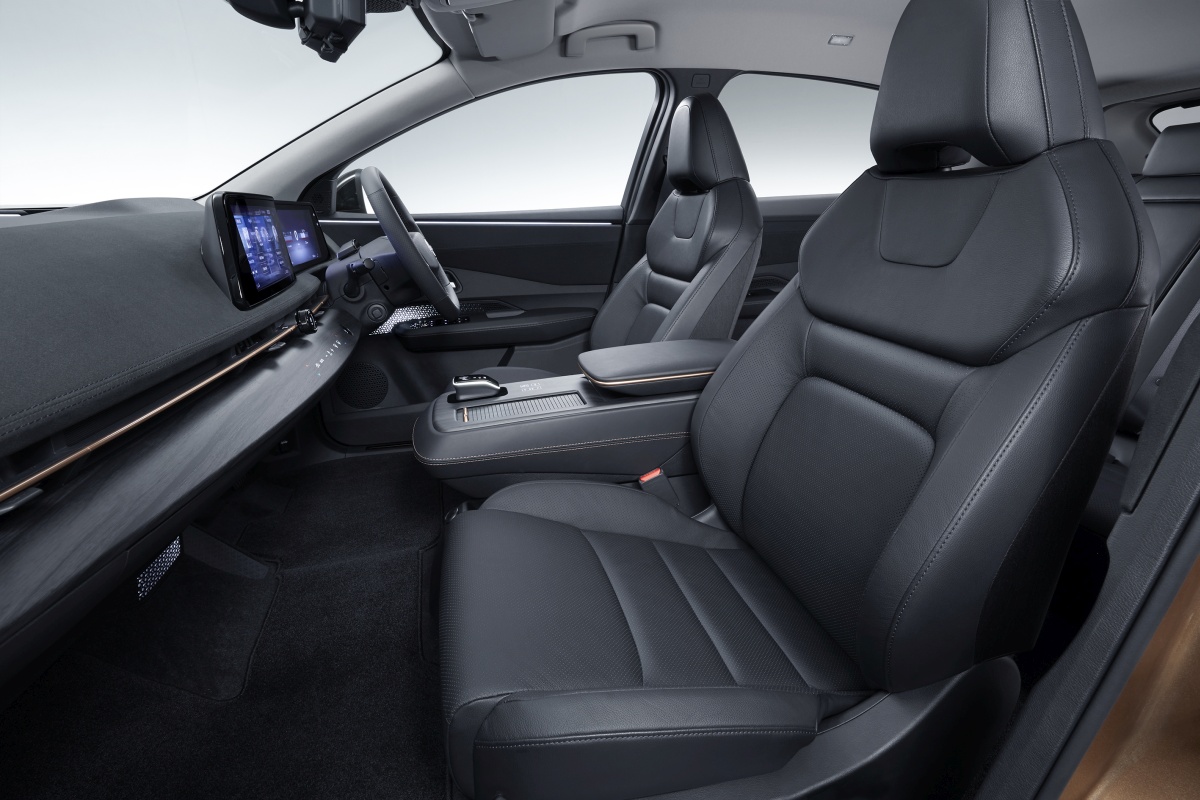
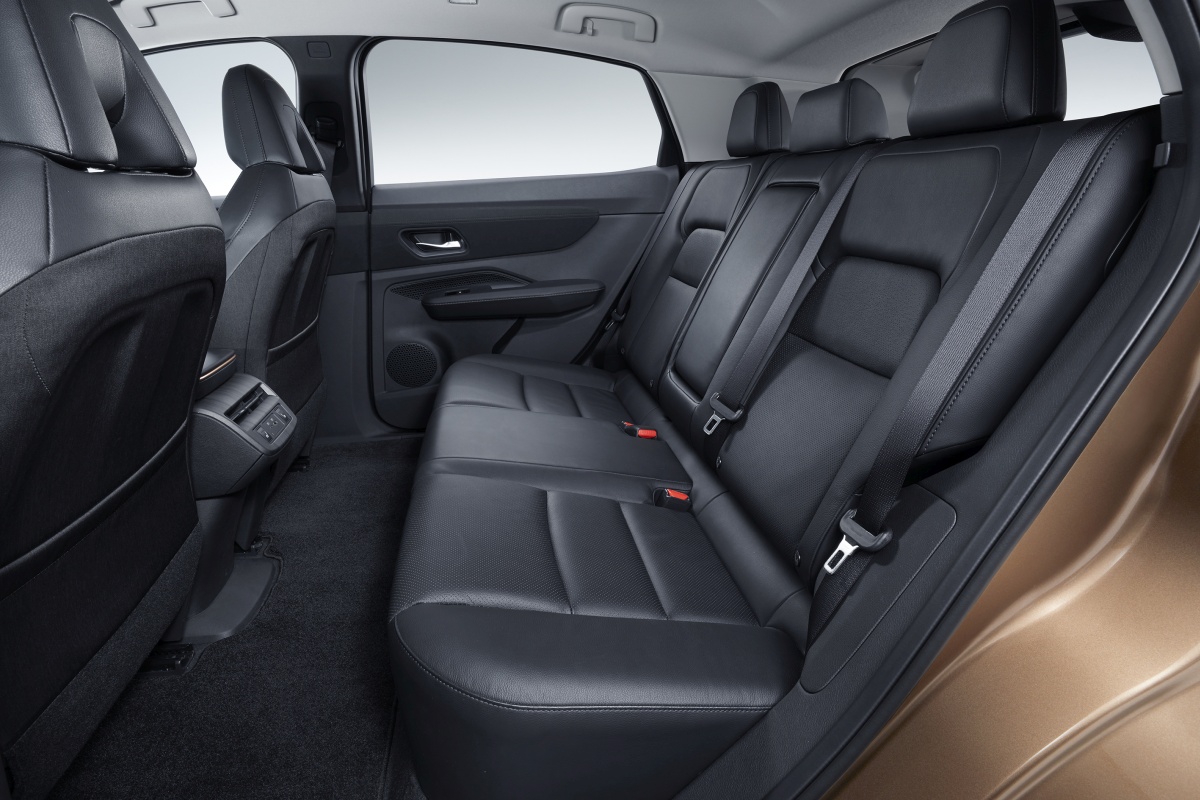
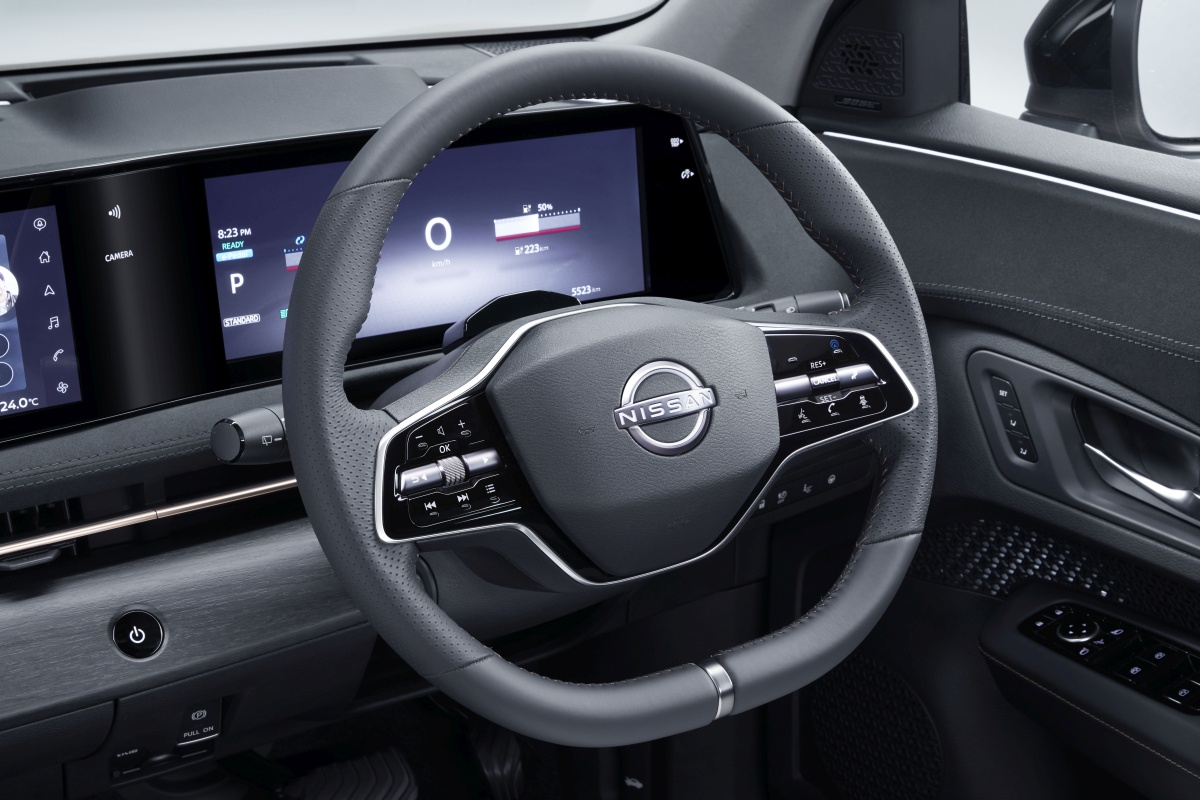

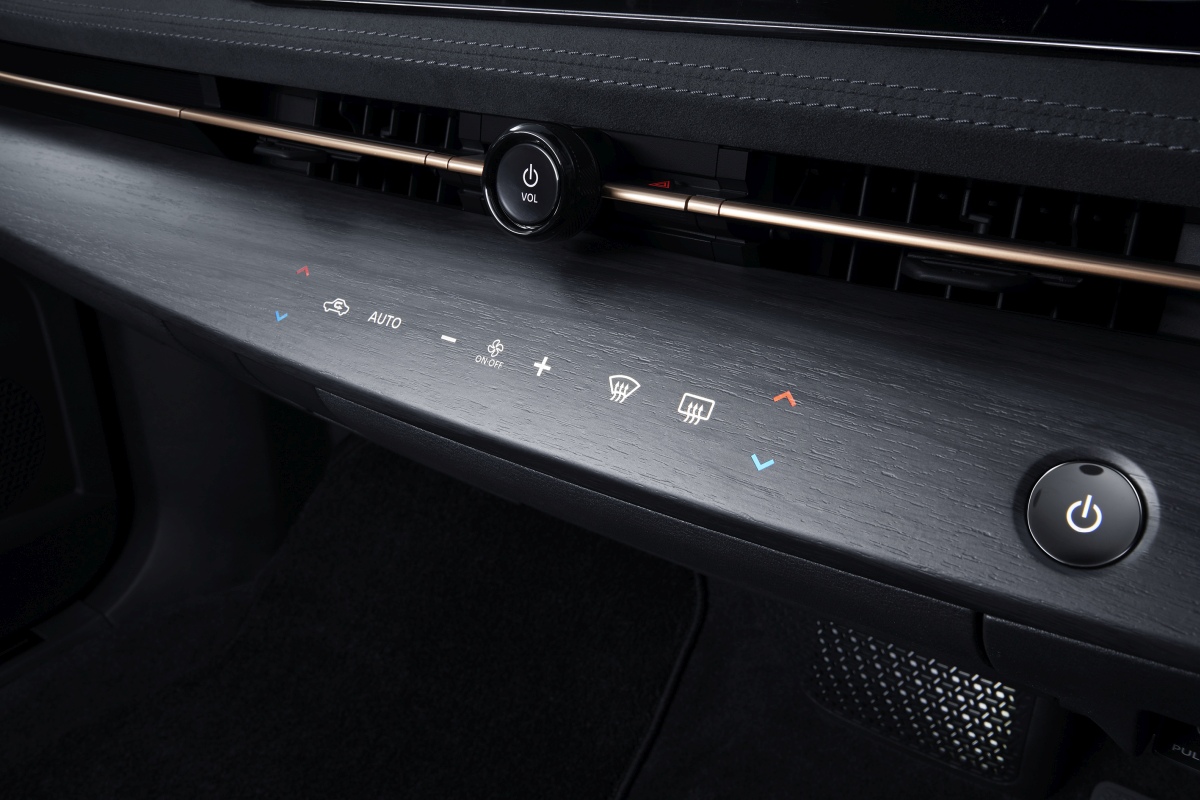
The Ariya’s infotainment system comprises of two 12.3-inch displays with one behind the steering column and the other at the centre of the dash. Nissan said the screens are orientated in a wave-like shape to make it easier to reach and operate.
Drivers have the option of using Nissan’s “hybrid” voice control system that can be operated by the user by either saying “Hello Nissan” or “Hey Nissan”. Nissan said the Ariya will get Apple CarPlay and Android Auto wireless connectivity as well as Amazon Alexa integration in supported markets.
Nissan has made sure to include some of its latest safety tech with the Ariya. Chief among them is it’s ProPILOT Assist 2.0 advanced driver assistance that is said to provide hands-off single-lane highway automated driving and it even assists in lane changes. To help the Ariya get a sense of its surroundings, the system uses data gathered from seven cameras, five millimetre-wave radar sensors and 12 ultrasonic sonar sensors.
Besides that, the Ariya is said to come with Nissan Safety Shield 360 with automatic emergency braking, rear cross-traffic alert and blind-spot warning.
The Nissan Ariya is set to go on sale in Japan in mid-2021 and will be followed by a US launch later in the year. There is, however, no word as to when the all-electric SUV will make its way to Southeast Asian markets. It has an estimated price of JPY 5 million (about RM199,339).
For more information visit TheNissanNext.com.

